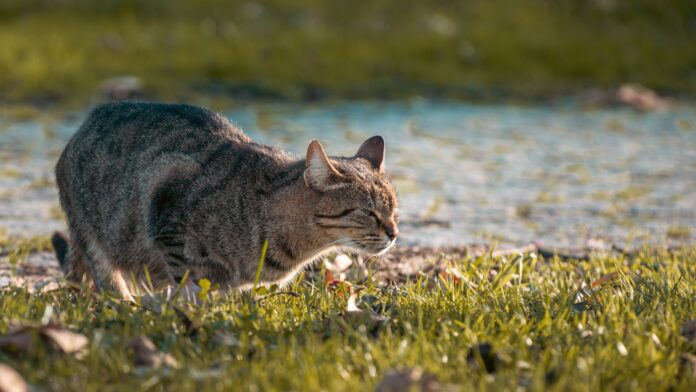
International Lynx Day: Celebrate the Biggest Wild Cat in Europe
June 11th is known as International Lynx Day: Celebrating Europe’s Largest Wild Cat
Lynx, the magnificent wild cat, holds a special place in the hearts of nature enthusiasts around the world. With its striking appearance and captivating behavior, the lynx has become a symbol of the untamed wilderness. On June 11th, wildlife enthusiasts and conservationists come together to celebrate International Lynx Day, paying tribute to this majestic creature and raising awareness about its conservation.
The Eurasian Lynx: Europe’s Grand Feline
The Eurasian lynx (Lynx lynx) takes the crown as Europe’s largest wild cat. This magnificent feline roams across vast territories, from the dense forests of Scandinavia to the rugged landscapes of the Carpathian Mountains. Its distinctive coat pattern, characterized by beautiful rosettes and spots, sets it apart from its fellow lynx.
Eurasian lynx populations were severely impacted by hunting and habitat loss, leading to their decline and eventual extinction in some regions. However, thanks to concerted reintroduction efforts that began in the 1970s, the Eurasian lynx population has rebounded. Today, approximately nine thousand specimens can be found thriving in central European forests.
The Iberian Lynx: A Story of Hope and Recovery
The Iberian lynx (Lynx pardinus) tells a remarkable tale of resilience and conservation. Once on the brink of extinction, this species faced a grim future due to hunting and habitat fragmentation. However, through dedicated conservation initiatives, the Iberian lynx population has experienced a remarkable recovery.
Endemic to the Iberian Peninsula, the Iberian lynx is an embodiment of the unique biodiversity found in the region. Thanks to the tireless efforts of organizations like WWF Central and Eastern Europe, public awareness about the importance of preserving large carnivores, including the lynx, has grown significantly. By understanding their critical role in maintaining the delicate balance of ecosystems, we can work towards ensuring their continued survival.
WWF: Champions of Wildlife Conservation
The World Wildlife Fund (WWF) is at the forefront of conservation efforts across the globe. With a specific focus on Central and Eastern Europe, WWF plays a vital role in promoting public awareness about the significance of large carnivores, such as wolves, brown bears, and lynx, in maintaining healthy ecosystems.
Through their extensive research and conservation programs, WWF works hand in hand with local communities, governments, and stakeholders to develop sustainable practices that safeguard the future of these majestic creatures. By raising awareness, supporting habitat preservation, and advocating for responsible wildlife management, WWF strives to create a harmonious coexistence between humans and nature.
Preserving the Lynx: A Collective Responsibility
As stewards of the planet, it is our collective responsibility to protect and preserve the natural world. The conservation of lynx populations serves as a crucial indicator of the overall health and balance of ecosystems. By ensuring the continued existence of these apex predators, we contribute to the preservation of biodiversity and the ecological integrity of our planet.
Educating the public about the significance of lynx conservation is an essential step towards securing their future. Through initiatives like International Lynx Day, we can engage individuals of all ages and backgrounds, fostering a sense of appreciation and awe for these extraordinary creatures. By supporting conservation organizations and participating in local initiatives, we can all play a part in safeguarding the lynx and the habitats they call home.
Conclusion: Celebrate International Lynx Day and Join the Conservation Cause
On June 11th, let us come together to celebrate International Lynx Day and pay homage to Europe’s largest wild cat. By sharing knowledge, raising awareness, and actively participating in conservation efforts, we can ensure the long-term survival of these magnificent creatures.
Remember, each lynx possesses a unique coat pattern, making it possible to distinguish one from another. The Eurasian lynx and the Iberian lynx both hold a special place in the European ecosystem, playing vital roles as apex predators. Through organizations like WWF Central and Eastern Europe, we have the power to make a difference and secure a brighter future for these remarkable felines.


















